The London Interbank Offered Rate (LIBOR) serves as a globally accepted benchmark interest rate that indicates borrowing costs between banks. It’s a globally recognised base rate for pricing loans, debt, and derivatives. It is estimated that more than $240 trillion in financial products are linked to LIBOR globally. Furthermore, as its underlying validity has diminished, regulators have begun the LIBOR transition. Financial institutions and other industries must retire LIBOR with a full phase-out by the end of 2021. At this point, Secured Overnight Financing Rate (SOFR) will replace LIBOR. So, if your company has to sunset LIBOR, how should it prepare for the unavoidable?
Implementation Checklist for SOFR Adoption
The ARRC, or the Alternative Reference Rates Committee, released a practical implementation checklist as a guide to assist market participants in the LIBOR transition to SOFR. The checklist presents a framework and best practices for completing the transition.
- The ARRC, or the Alternative Reference Rates Committee, released a practical implementation checklist as a guide to assist market participants in the LIBOR transition to SOFR. The checklist presents a framework and best practices for completing the transition.
- Establish Program Governance: Implement a robust program governance and management framework and define and prioritise program objectives
- Develop Transition Management Program: Establish an enterprise-wide program to evaluate and mitigate risk for transitioning away from LIBOR and adjust as needed
- Implement Communication Strategy: Develop a strategy to proactively engage, educate, and consistently communicate with internal and external stakeholders
- Identify and Validate Exposure: Quantify and develop a process for monitoring LIBOR-linked exposure and construct capabilities to value and price SOFR-based products
- Develop Product Strategy: Develop a strategy for redesigning/transitioning existing portfolio of LIBOR-based products into new SOFR-linked products
- Risk Management: Identify key transition risks and mitigating actions to address those risks and establish a process for ongoing risk management and role of key control functions
- Assess contractual remediation impact and design plan: Review and define a prioritisation strategy for remediation
- Develop Operational and Technology Readiness Plan: Develop a plan to address large-scale operating model, data, and technology implications
- Accounting and Reporting: Identify impacts to accounting standards along with related reporting considerations
- Taxation and Regulation: Determine tax and regulatory implications and any required reporting considerations
LTi’s Support for the LIBOR-to-SOFR Transition
Lastly, LTi announced its support for the LIBOR-to-SOFR transition in all versions of its ASPIRE platform. Users can enter SOFR Compounded Average or SOFR Index Rates and respective effective dates into ASPIRE’s variable rate benchmark functionality. This automatically modifies contract payment and earnings schedules. Additionally, it allows ASPIRE users the ability to recognise the impact of benchmark rate changes at whatever frequency required by the agreement. ASPIRE’s rate change functionality also allows for simple implementation of the spread adjustment methodology.
LTI is committed to facilitating a smooth transition for our users and their impacted partners by guiding them in the use of ASPIRE’s extensive variable-rate functionality. Contact us today to learn how ASPIRE can support your business through the LIBOR-to-SOFR transition.

